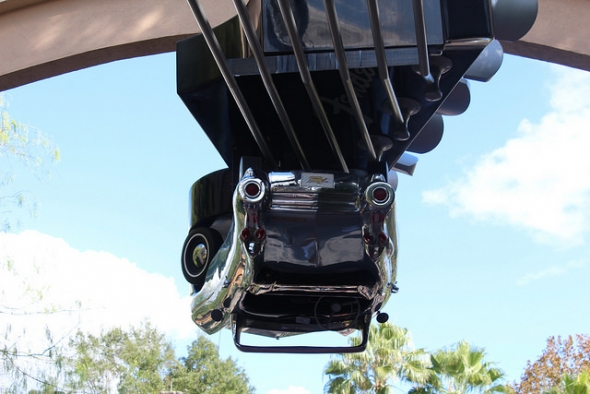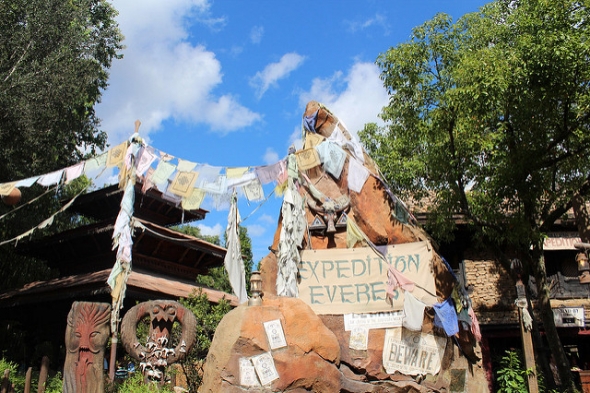
There’s no question that roller coasters are a big draw at theme parks. If you’ve ridden one before, you’re probably familiar with the anticipation, excitement, and resulting rush that you get from these types of rides. Have you ever wondered just what it is that makes strapping in and whizzing around so satisfying? Here’s a look at what your brain goes through on those thrill rides.
The stages of a thrill
Professor Brendan Walker, a self-proclaimed “Thrill Engineer” has identified five distinct stages that people go through when they have a thrilling experience. For something to be fully thrilling, it must include all five of these steps.
First, the participant imagines the thrill. They think about what it will be like to experience the roller coaster. Perhaps they’ll watch the coaster from afar, read about it in a guide book, or watch rider videos of the attraction online. During this stage, you’re thinking ahead about what the experience will be like when you finally get on board. Theme park marketing ensures that you have plenty of opportunities to imagine the thrills that lay ahead.
The second stage is approaching the thrill. This is typically achieved in the queue – another place where theme parks are adept at presenting the experience properly. As you wind through the line, you’ll typically see a progressive series of scenes that set up the thrill. Approaching Expedition Everest, for example, you’ll find settings that transport you to Nepal, then introduce you to the mountain, and finally set the stage for the frightening Yeti attacks to come.
Third is committing to the experience. This is the stage where you pass the point of no return, climbing into the seat and strapping in for the ride. Those few moments before you take off where you lose your ability to back out of the thrill are an important part of the overall process.
The fourth stage is the most important – here you’re actually experiencing the attraction. Despite all the anticipation, this step usually lasts for only a few minutes.
Finally, you enter the fifth stage of the thrill, which is celebrating. You’re enjoying the afterglow effect that comes with surviving the experience and walking away with a sense of achievement and a story to tell.
Your amygdala on a thrill ride
The amygdala is the all-important part of the brain that assesses danger. It determines whether you’’ fight or submit, fight or flee. If the amygdala senses danger, it passes that along to the hypothalamus which will trigger your adrenal glands to start pumping adrenaline into the body.
Though you’re not in much real danger on a thrill ride, you generally want to trick your amygdala into thinking that you are. This will cause those all-important hormones to start pumping, ultimately giving you the feeling of excitement and satisfaction that you get from the roller coaster.


Add new comment